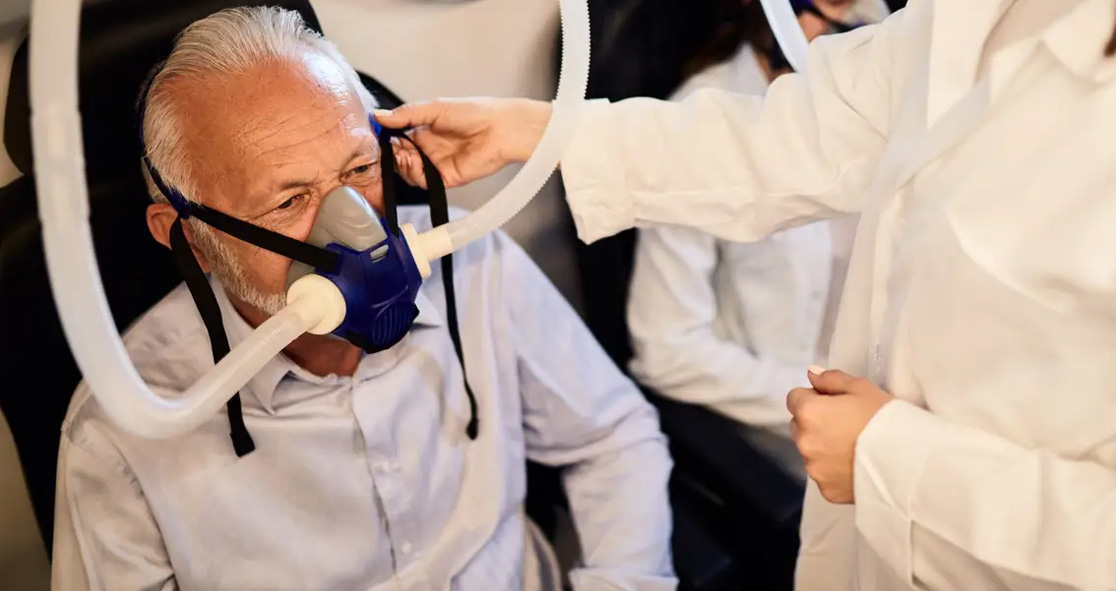Researchers from Tel Aviv University (TAU) and the Shamir Medical Center in Israel have found that hyperbaric oxygen treatments (HBOT) can stop the aging of blood cells and reverse the aging process.
They published their findings Wednesday in the journal Aging.
The study found that healthy adults’ blood cells could actually grow younger as the treatment progresses in the physiological sense.
The team found that the treatment with high-pressure oxygen in a pressure chamber could reverse two important processes associated with aging and age-related illnesses, first, the shortening of telomeres (protective regions on chromosomes), second, the accumulation of old and malfunctioning cells in the body.
The clinical study was conducted as part of a comprehensive research program that targets aging as a reversible condition.
Lead author Dr. Shai Efrati of the Sackler School of Medicine and the Sagol School of Neuroscience at TAU said, “For many years our team has been engaged in hyperbaric research and therapy — treatments based on protocols of exposure to high-pressure oxygen at various concentrations inside a pressure chamber.”
“Our achievements over the years included the improvement of brain functions damaged by age, stroke or brain injury,” he added. “In the current study, we wished to examine the impact of HBOT on healthy and independent aging adults, and to discover whether such treatments can slow down, stop or even reverse the normal aging process at the cellular level.”
Dr. Efrati is also the founder and director of the Sagol Center of Hyperbaric Medicine at the Shamir Medical Center
Thirty-five healthy individuals aged 64 or above received a series of 60 HBOT sessions for 90 days. All participants gave their blood samples before, during and after the treatment sessions. The researchers analyzed various immune cells and compared the results.
They found that HBOT sessions actually reversed the aging process.
Dr. Efrati explained, “Today telomere shortening is considered the ‘Holy Grail’ of the biology of aging. Researchers around the world are trying to develop pharmacological and environmental interventions that enable telomere elongation. Our HBOT protocol was able to achieve this, proving that the aging process can in fact be reversed at the basic cellular-molecular level.”
Another lead author Dr. Amir Hadanny, Chief Medical Research Officer of the Sagol Center for Hyperbaric Medicine and Research at the Shamir Medical Center, said, “Until now, interventions such as lifestyle modifications and intense exercise were shown to have some inhibiting effect on telomere shortening.”
“But in our study, only three months of HBOT were able to elongate telomeres at rates far beyond any currently available interventions or lifestyle modifications,” Dr. Hadanny added. “With this pioneering study, we have opened a door for further research on the cellular impact of HBOT and its potential for reversing the aging process.” The article originally appeared online on Science Daily.























